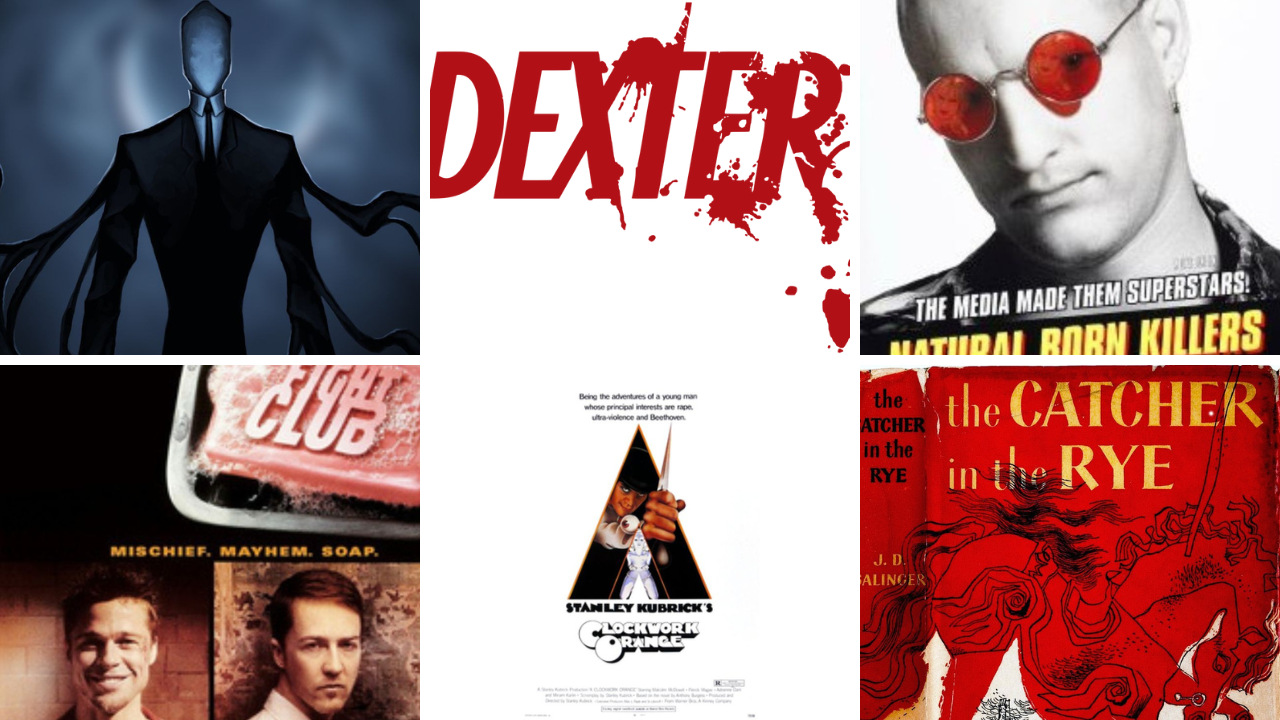Stories do not pull triggers, but they can tangle with brittle minds. Across decades, prosecutors and psychologists have traced certain crimes to obsessions with novels, films, and online lore. A character becomes a blueprint, a line becomes a dare, and fantasy crowds out judgment. These cases do not put art on trial; they expose fixation and context. What this really means is that culture shapes imagination, and a few unstable readers mistake depiction for permission when isolation deepens and feedback loops close.
“The Catcher in the Rye” And A Celebrity Murder
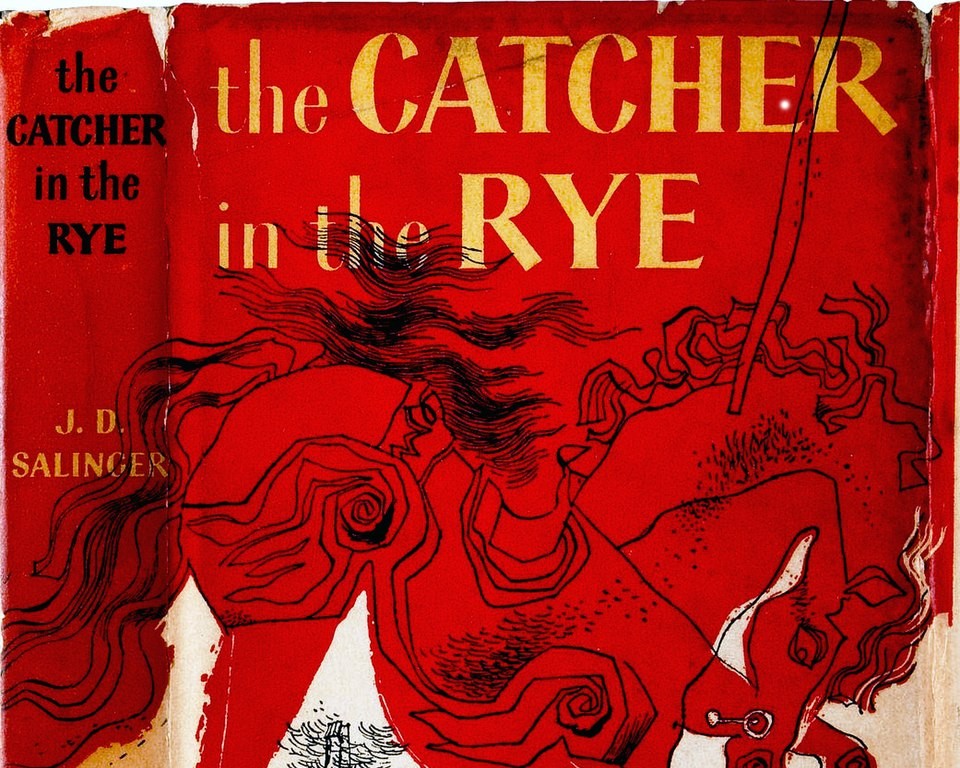
Detectives found a dog-eared copy of the novel and a shooter who called the narrator a mirror. The book did not create violence, but it offered language that framed the act as meaningful. Investigators later traced a pattern of loneliness, grandiosity, and rehearsed symbolism. Clinicians point to rumination and parasocial fixation, where quotes harden into private scripture. The lesson travels well. When identity gets outsourced to a story, accountability can feel optional and deadly plans can feel profound.
“Taxi Driver” And A Presidential Assassination Attempt

A would-be assassin borrowed the film’s pose and logic, mistaking cinematic vigilante romance for a plan to secure attention. Testimony and letters revealed scenes copied into life, with political violence recast as a bid for recognition. The case showed how style glamorizes isolation and rewards staged bravado. Courts confronted intent, not art, while the public saw how easily a script can become scaffolding in a mind already unsteady. Obsession did not start the fire, but it fanned it.
Slender Man Myth And A Suburban Stabbing

Two preteens absorbed a crowd-sourced monster until it felt local and binding. Whispered rules and notebook sketches turned fiction into duty, and a real classmate became the target. The attack shocked a town that recognized the faces, not the motive. Psychologists described shared delusion, suggestibility, and the eerie authority of collaborative lore. Schools widened media literacy and crisis response. The takeaway is plain. Imagination is not the enemy, but secrecy and isolation make belief feel urgent.
“Natural Born Killers” Copycat Attacks
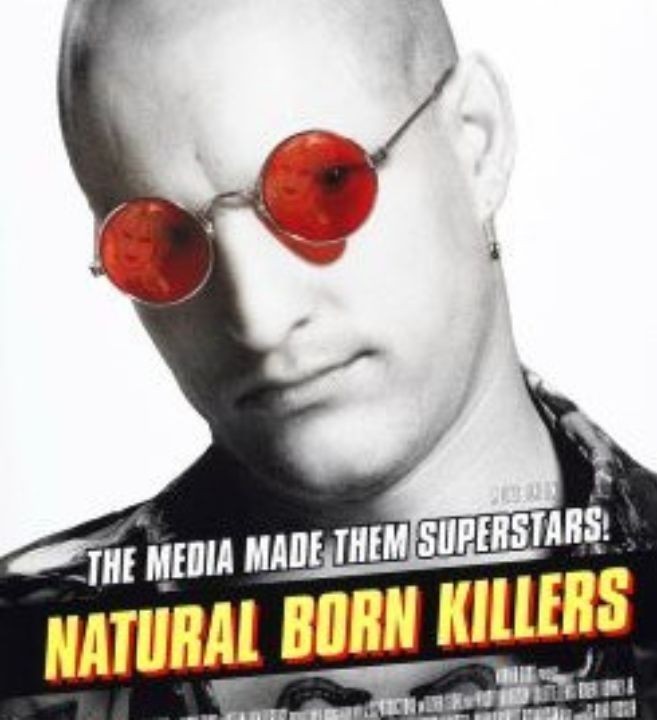
Police linked scattered crimes to gestures and lines lifted from the film’s outlaw couple. Defendants described a quest for notoriety dressed as romance, with robberies and road trips staged for legend. Lawsuits argued causation and lost, yet the pattern stuck in memory. Criminologists noted modeling and sensation-seeking that hunts for costumes. For impulsive pairs without anchors, stylized violence can feel like identity work. The countermeasure is structure and belonging, not bans that miss the deeper pull.
“Scream” And Masked Teenage Violence
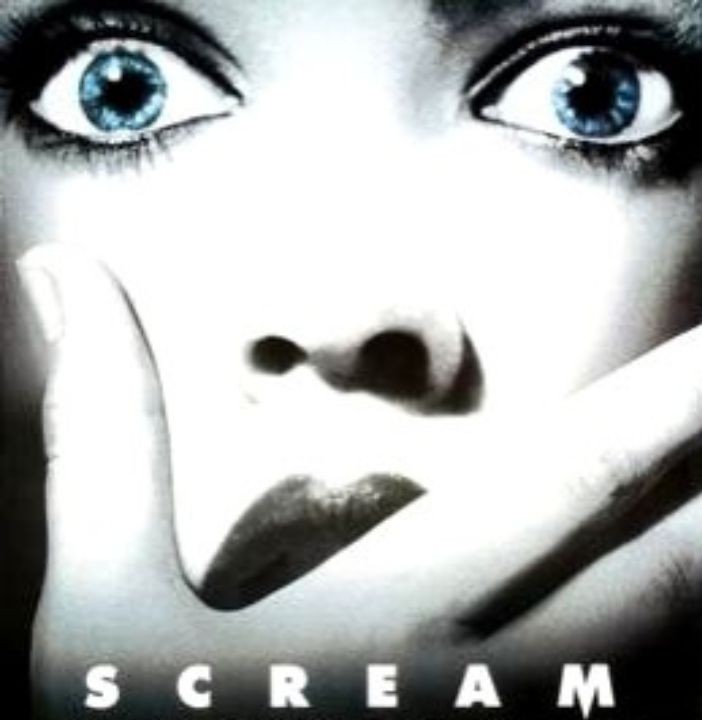
A self-aware horror film spawned real masks, prank calls, and in rare cases knife attacks that shadowed choreography. Searches turned up posters, quotes, and plans that treated the crime as a sequel. Counselors warned that ironic distance collapses fast for teens chasing a role. Families and schools learned to treat fascination as a signal worth checking, not a verdict. Humor and shock can be entertainment, but in restless hands they can become instruction that silences empathy.
“Dexter” Imitation And A Planned Luring

A would-be filmmaker idolized a TV vigilante with a polite day face and a private code. Diaries, props, and storyboard notes blurred hobby and intent. A victim was lured with promises of a test scene, and the planning read like production. Prosecutors used meticulous prep to prove purpose, and jurors saw aesthetics rerouted into cruelty. The larger point holds. Persona-building turns dark when craft replaces conscience and a camera becomes camouflage for harm.
“A Clockwork Orange” And Stylized Assaults
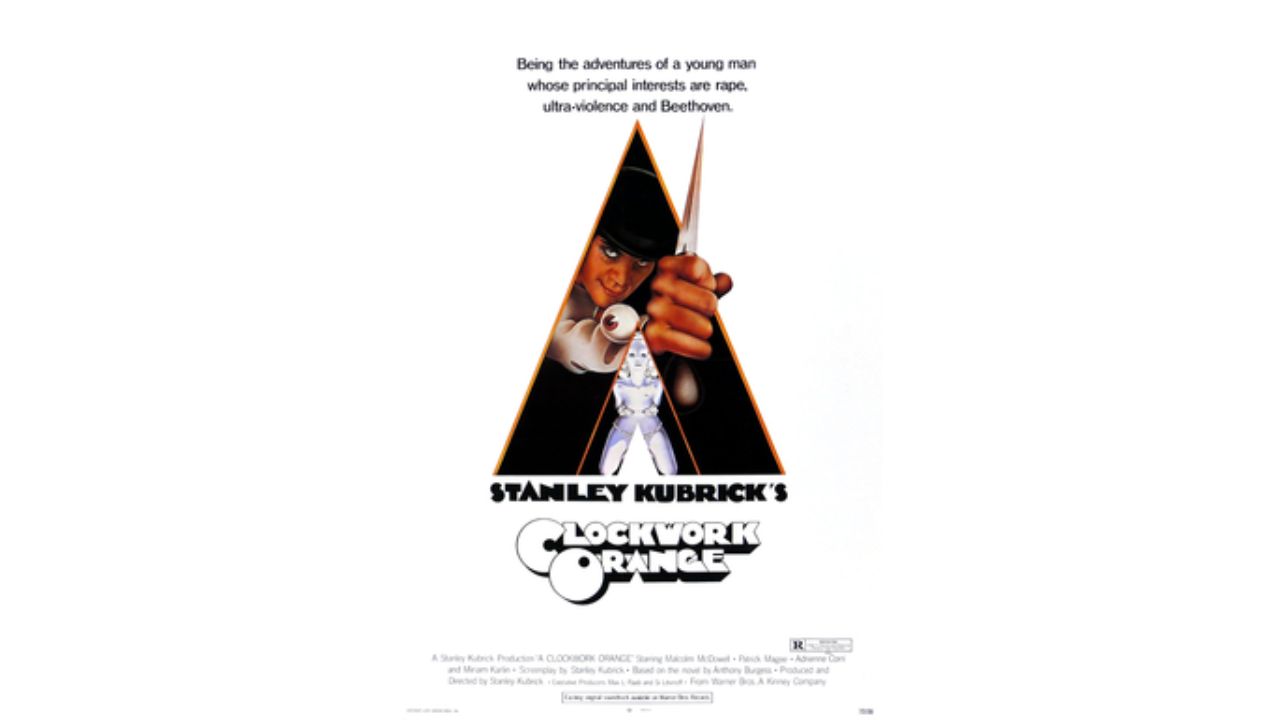
Investigations into assaults uncovered wardrobes, slang, and posture borrowed from the novel and the film. Offenders described a thrill in performing the look, as if costume completed the act. Critics debated satire, but criminologists focused on modeling. Soundtracks and uniforms can numb shame and invite rehearsal, especially in groups hungry for spectacle. Prevention is not panic; it is attention to signals. When performance matters more than people, someone nearby needs to name the risk.
“The Matrix” Defense And Simulation Delusions
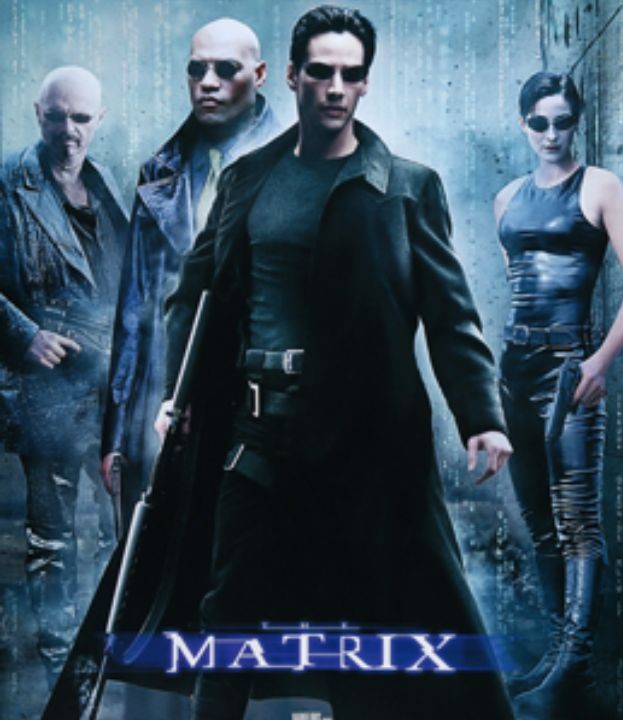
Some defendants claimed they believed reality was a simulation, citing the film as proof that rules were fake. Evaluators separated psychosis from performance, finding cases where grand beliefs predated the movie and others where plot points fused with symptoms. Courts weighed competence and intent while the public met a modern alibi. High-concept fiction does not create illness, but it can supply frames that unstable minds adopt. Treatment and supervision remain the real safeguards.
“Fight Club” Echoes And DIY Explosives
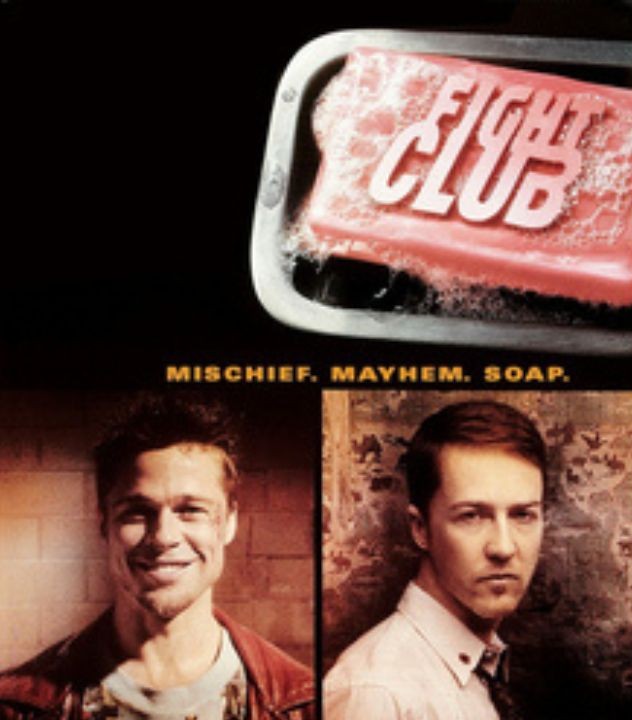
Police traced small bomb plots and vandalism runs to forums that quoted the film like scripture. For a subset of young men, a story critiquing numb consumption became permission to wreck, not reflect. Schedules and slogans turned irony into instruction. Mentors countered with channels for risk that carry accountability, like climbing, service, and hard training. Culture set the backdrop; choices wrote the ending. When adrenaline finds a home, anger stops hunting targets.
